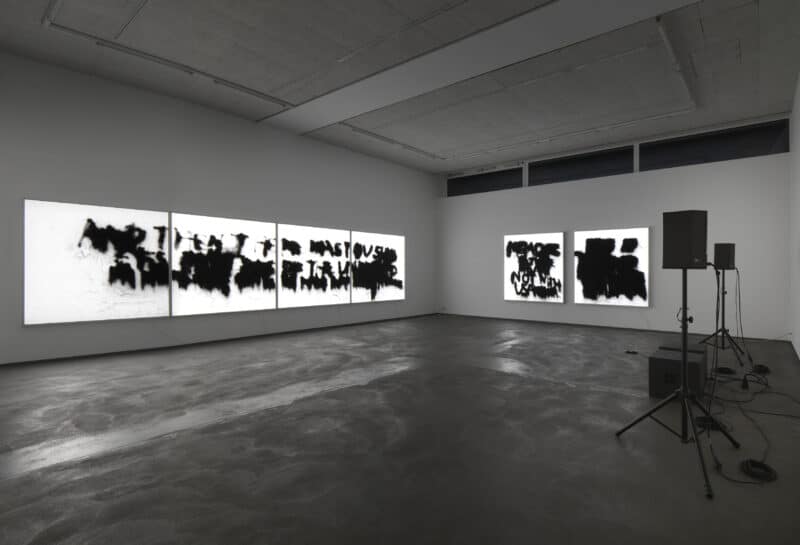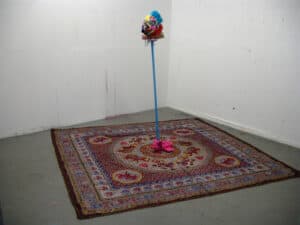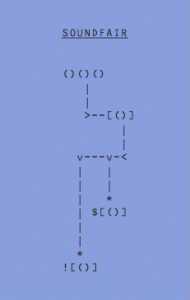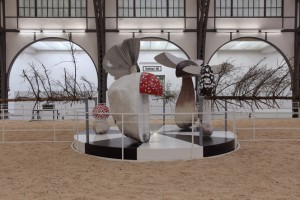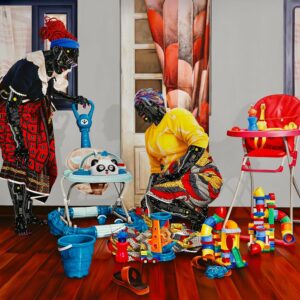I wouldn’t expect a bank to be worth writing home about, but sometimes life surprises you.
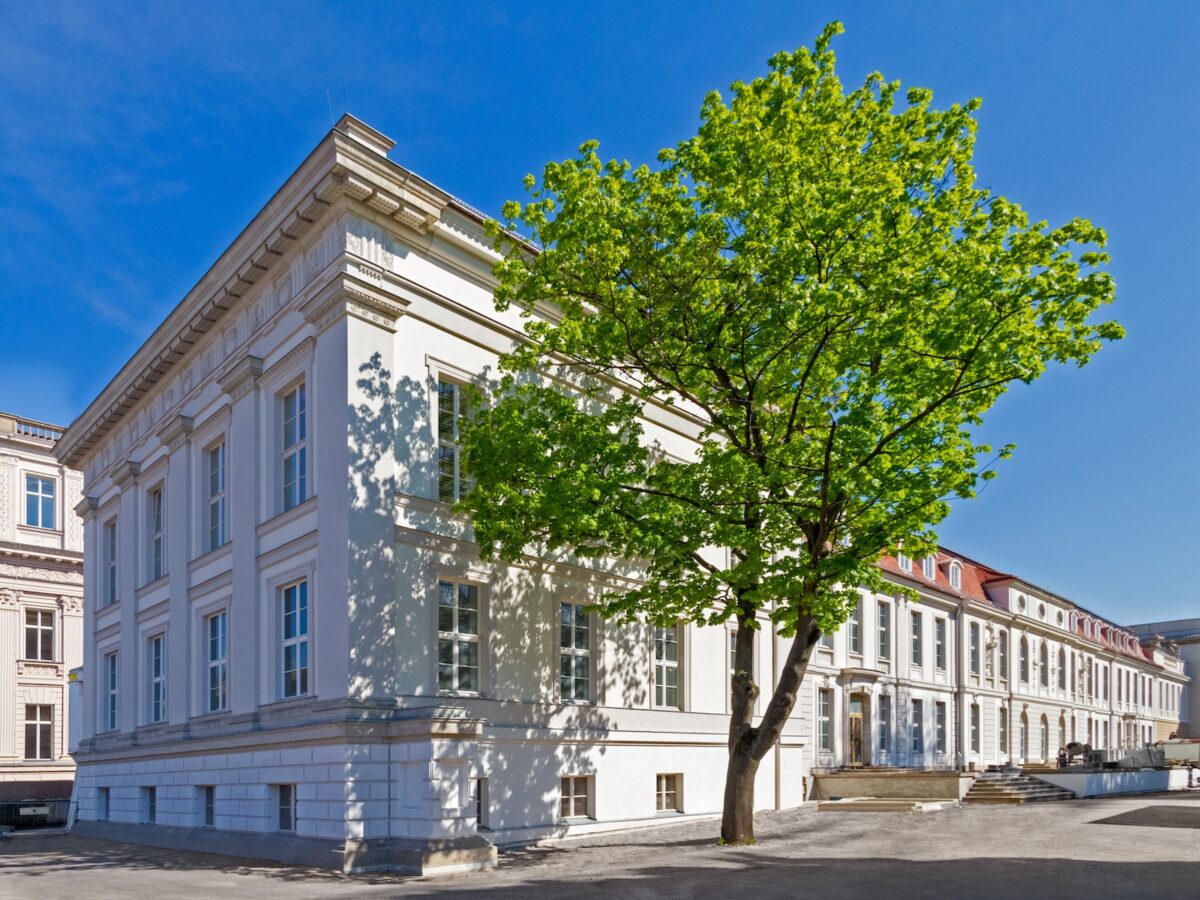
In the blistering summer sun of one sweltering Berlin day, I had to collapse in the refuge of a canvas lawn chair placed invitingly under the mature trunks of a large chestnut tree, whose large shadow and lush underthicket proved all too seductive. Like a beacon of art (and cake), Palais Populaire lay just a few meters away, not to mention its ambrosial al fresco terrace.
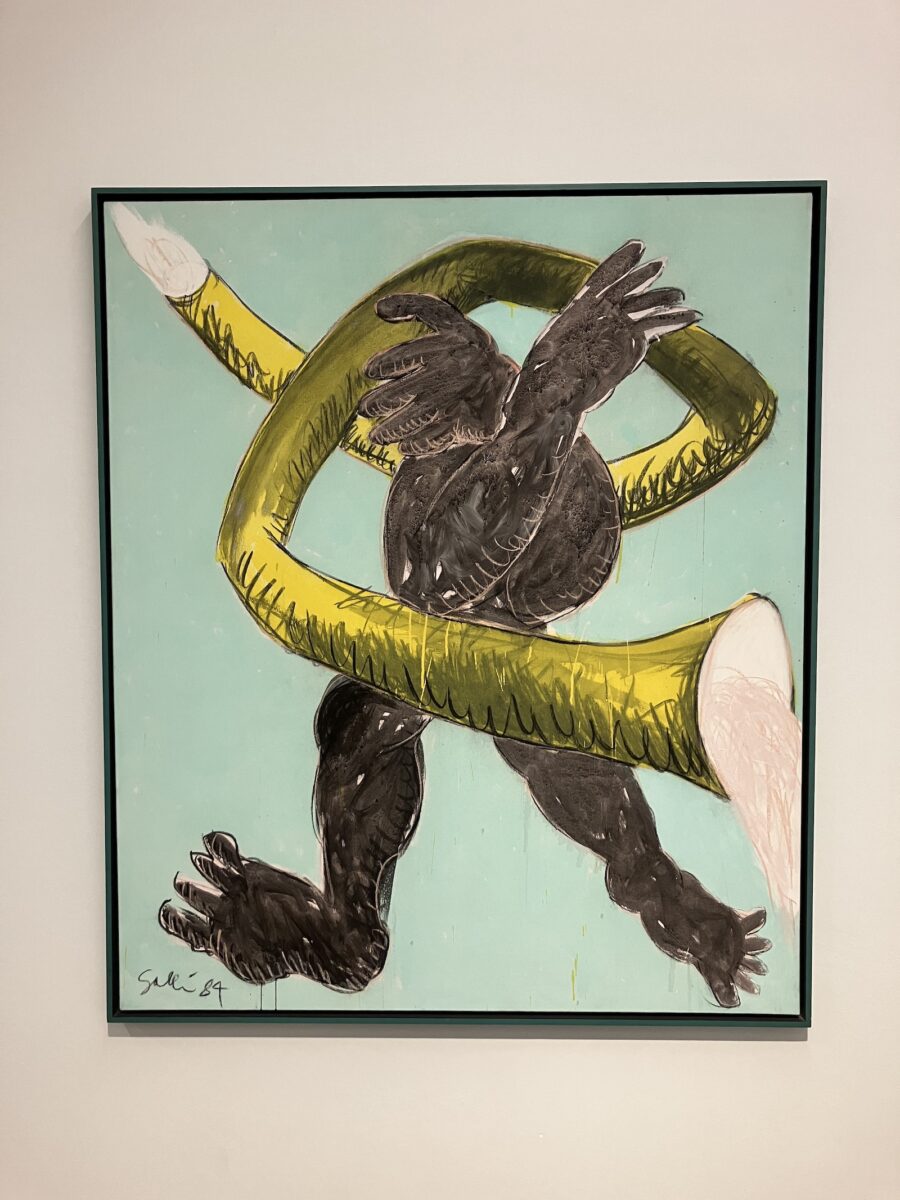
On view: Anna-Gabriele Müller, otherwise known as Galli. Commencing with paintings and charcoal works from the 80’s and 90’s, then unfolding onto an archive of drawings and three-dimensional works on paper, See How You Get On proved a cleanly encapsulated adventure of disfigurement and corporeal transgression, punctuated by vibrant swaths of colour that land somewhere between a burst and a field.
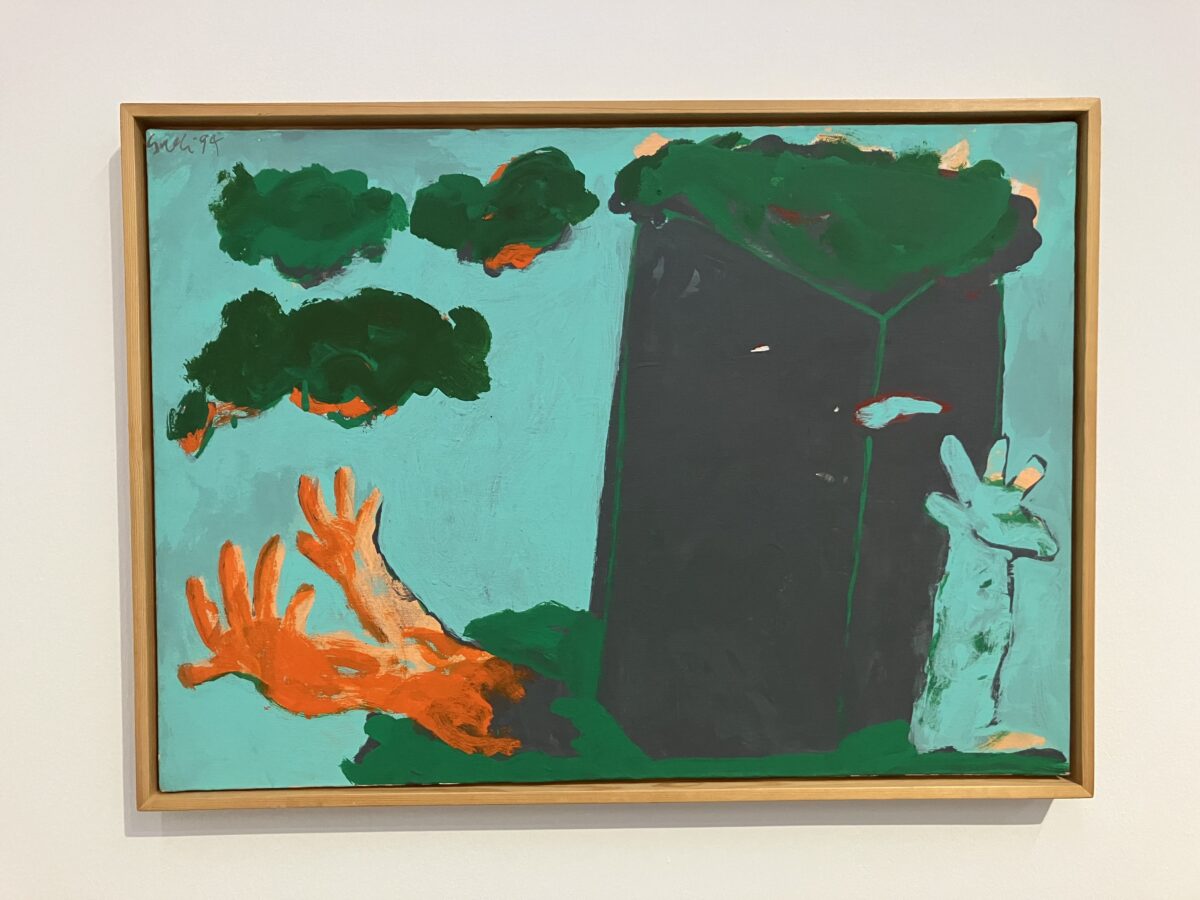
Intended to be somewhat vague, the title refers to nothing in particular. However, it retains the experimental spirit of this trailblazing artist who, amidst the frantic, male-dominated hedonism of West Berlin’s postmodern landscape of the 1970’s and 80s, bravely rejected the flourishing conceptual art language of the era.
She practiced improvised forms and casual gestures — so energetic they read like gasps; lively and full of blood, saliva, and the intangible form of the human spirit. The figurative compositions are free yet focused, paying close attention to bodies, states of vulnerability, and repetitive exaltations of monstrosity.
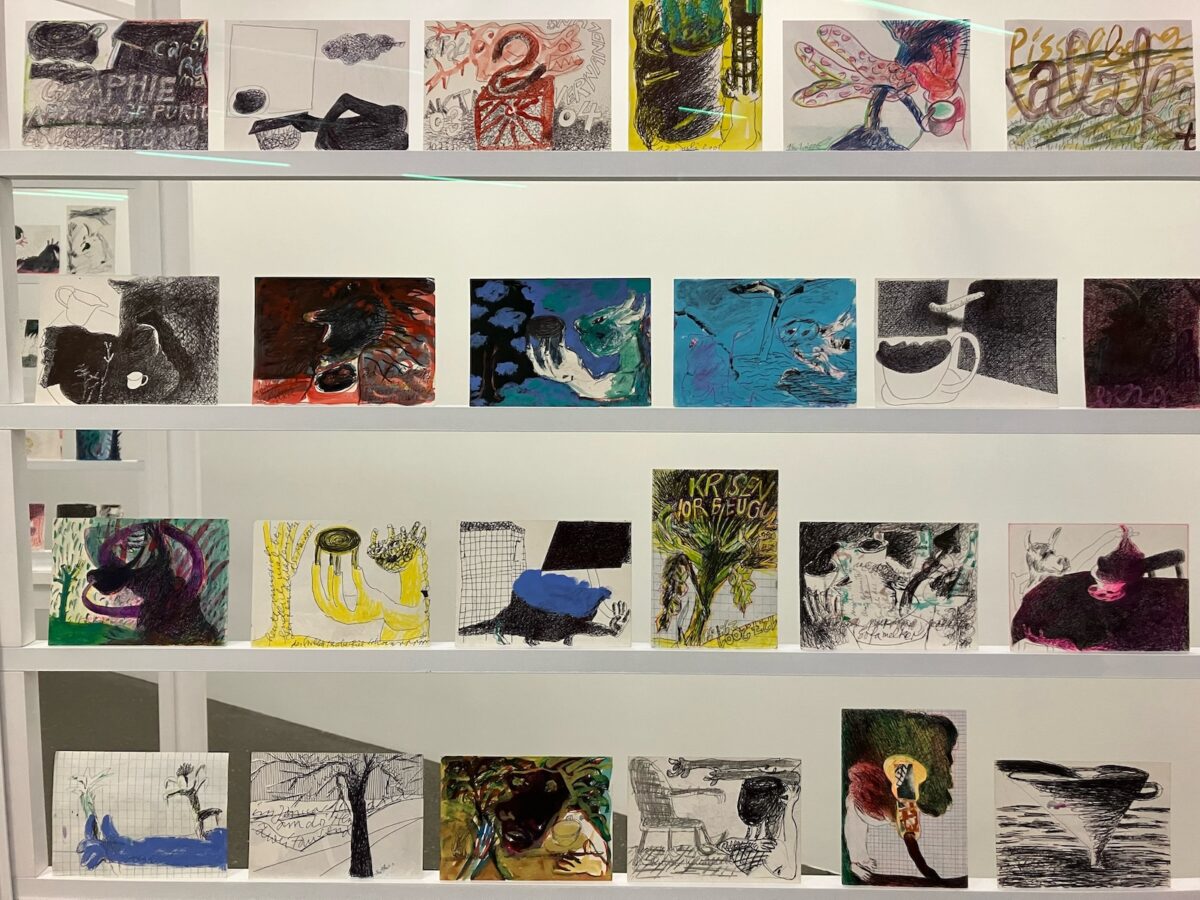
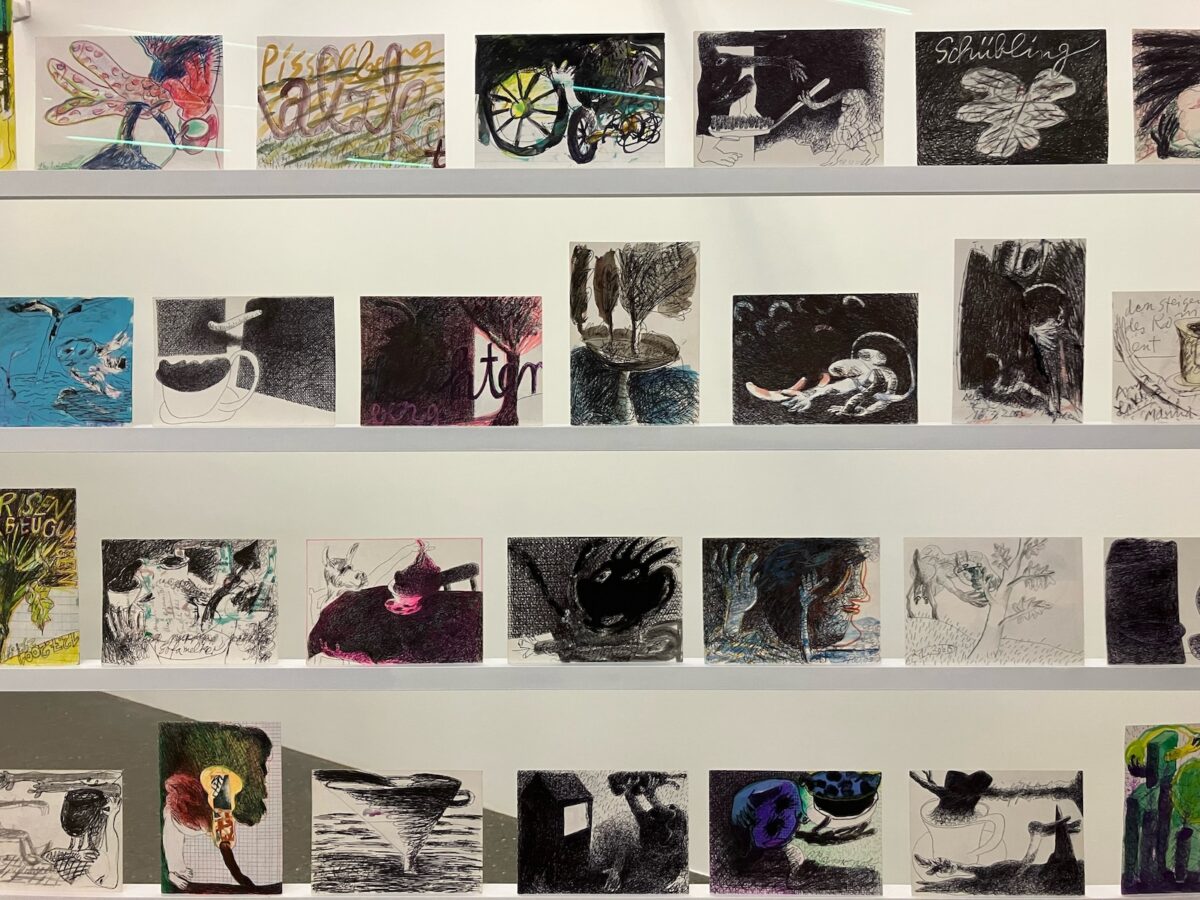
Downstairs, it is a series of postcard-sized drawings that truly steals the show. Muckier, more obscure, and frankly more collectable, the series conveys the breadth and intricacy of the artist’s range. Delicate dioramas and book pages made from fragments of compositions sit behind perspex. In a word: prolific.
Nevertheless, traversing the sterile staircase of the Palais, I cannot shake the enterprising reality that these artworks would not be here were they not, for one reason or another, a good investment. Corporate identity management aside, the works are by definition value assets. They belong not only to a visual portfolio but a financial one. Behind them are not only curators, but also art advisors, money vaults, and wanker bankers.
While it may not be surprising for the nation’s largest bank by a country mile to represent a German-born artist, what is notable is the Deutsche Bank’s diversion from the garden variety laundry list characteristic to these kinds of collections. Compared to the likes of other private financial collections that comprise your run-of-the-mill Klees, Richters, and Beuys’, the inclusion of Galli feels positively niche.
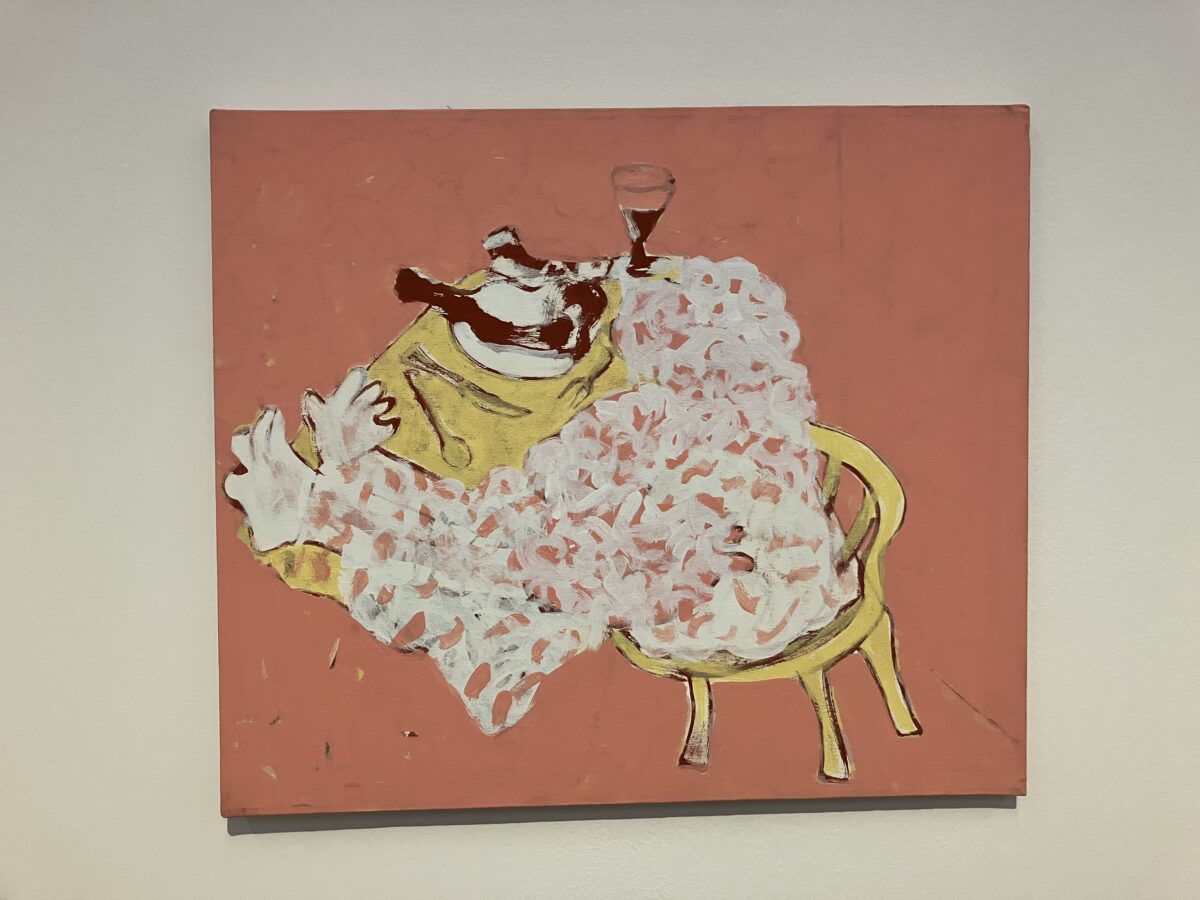
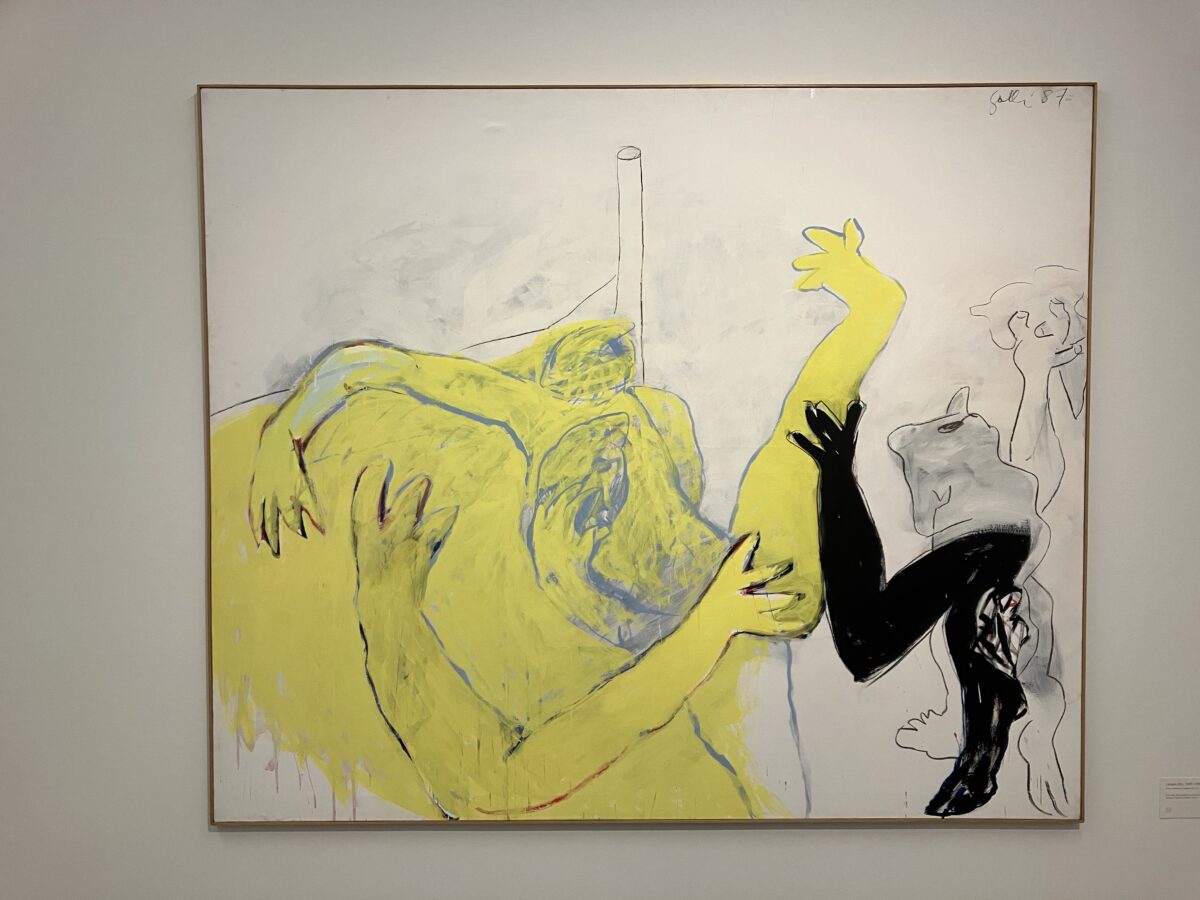
Monetarily speaking, Galli’s works are by no means inaccessible. MutualArt lists her auction record price at just over $4,000, with many pieces falling well below that. It’s actually baffling. Theoretically these pieces would qualify as much for an edition of the Affordable Art Fair as for the hallowed halls of the world’s largest corporate collection.
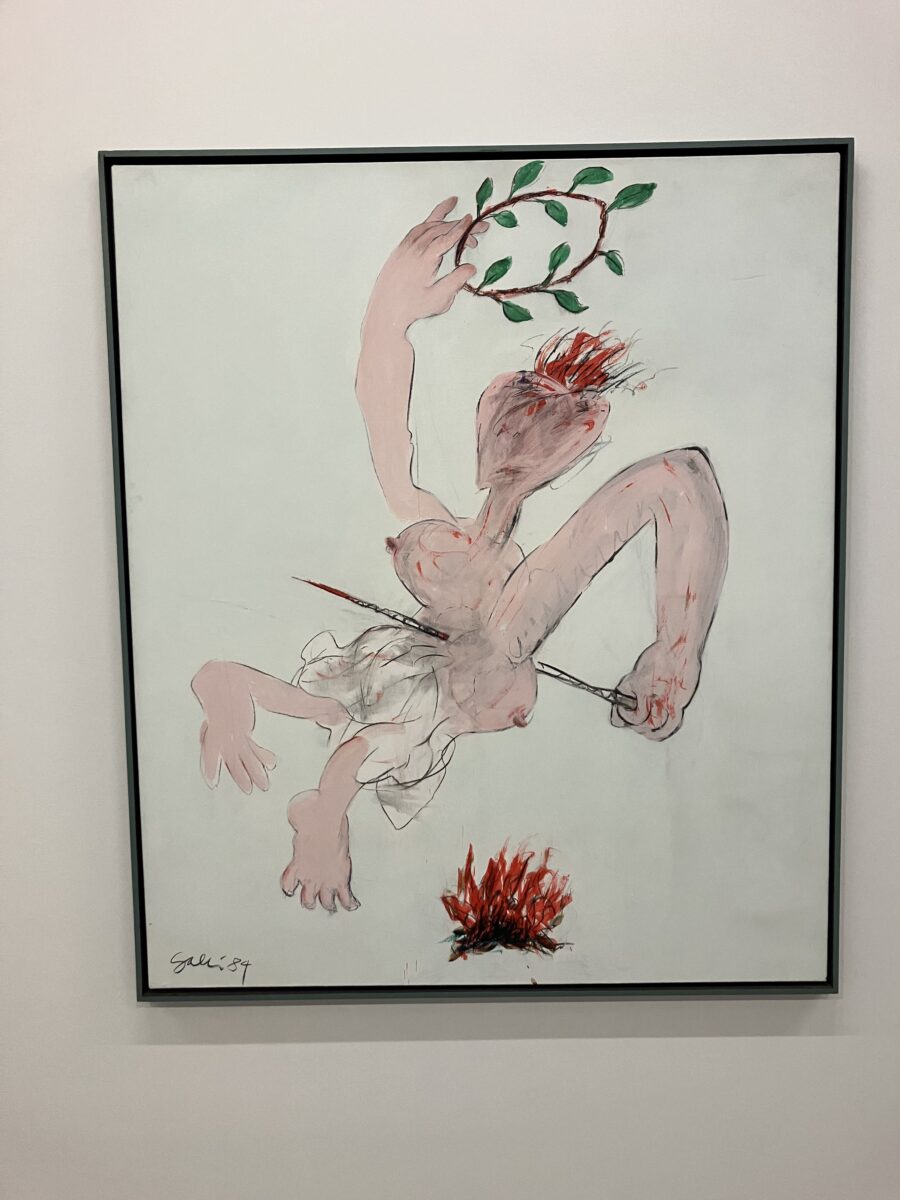
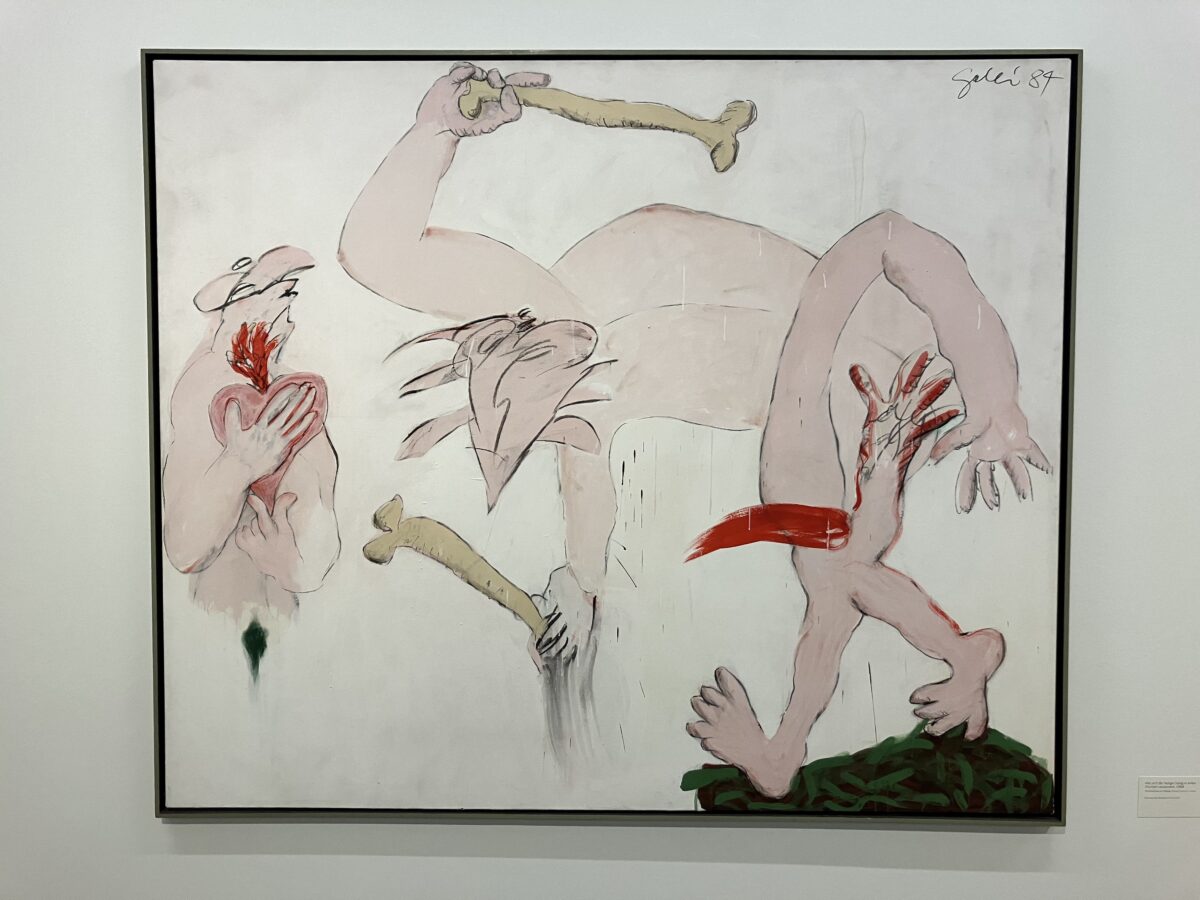
Because the quality of Galli’s work clearly surpasses what are relatively meagre quotes, perhaps the market simply hasn’t caught up. In any event, Galli is an artist to watch, as evidenced by her upcoming solo show at London Goldsmiths CCA in 2025.
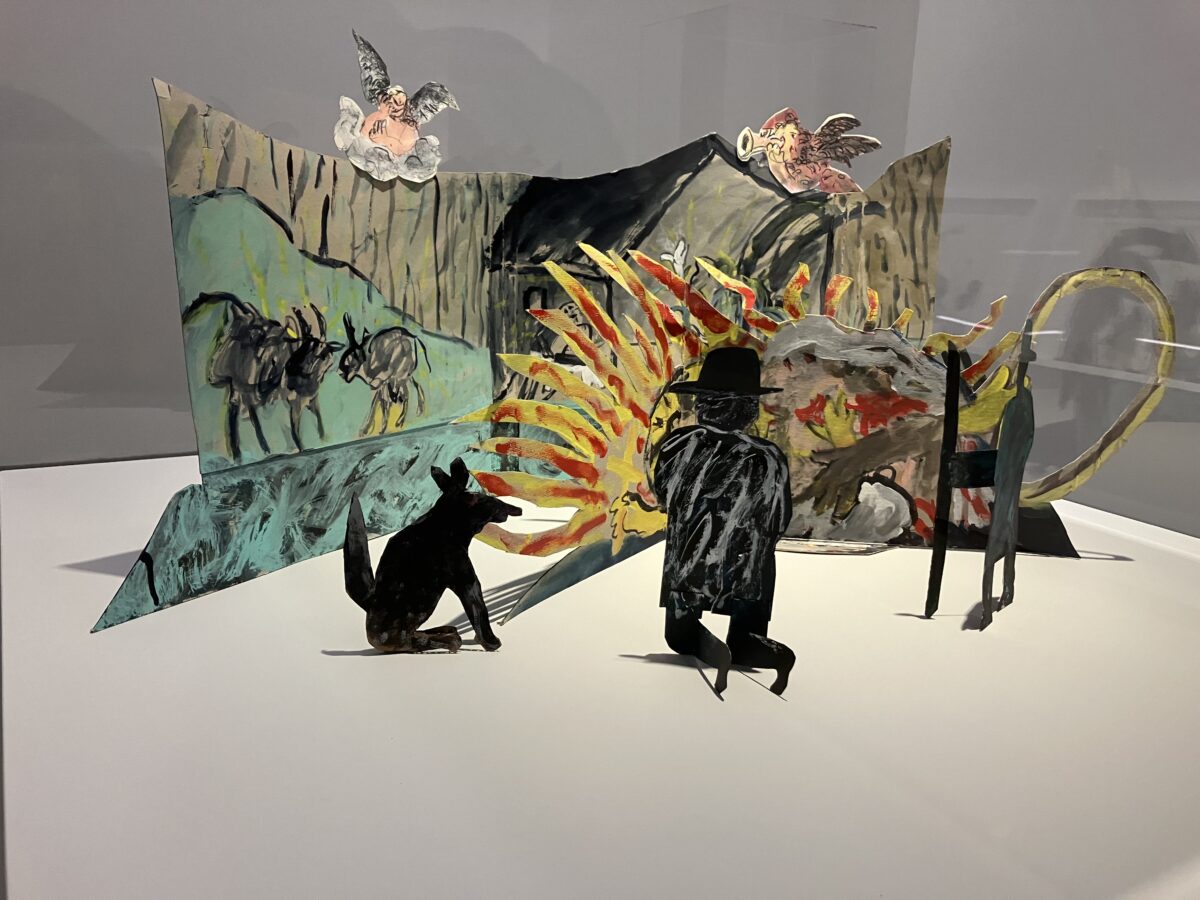
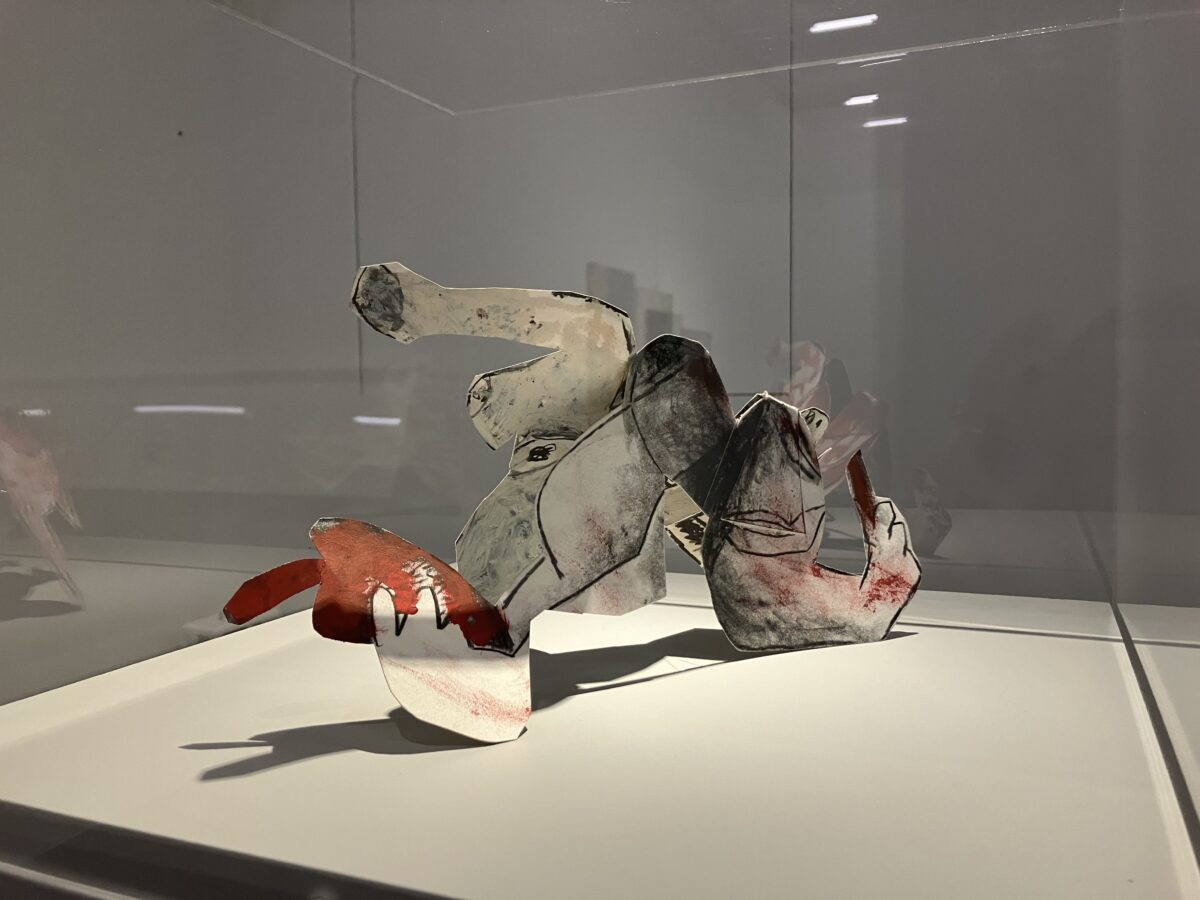
My companion and I agreed that a number of Galli’s paintings being sold as postcards in the gift shop were even better than the collection of over 50 works on exhibit. In fact, the curation continues well beyond art and into vibes: the food is a cut above, the staff is friendly, even the shop is comprehensive enough to stand on its own. All in all, if you close your eyes and ignore the automated doors, clingy invigilators, and general banky-ness of the interior architecture, the airy space of the Palais Populaire is actually quite tranquil, and certainly worth a slot on the dance card.
Galli – See How You Get On – October 7th, 2024, Palais Populair by Deutsche Bank
